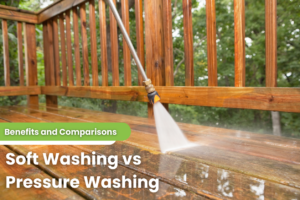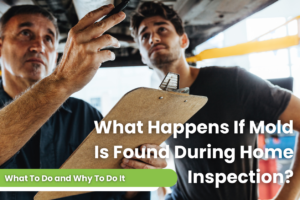Does the sun kill mold?
The short answer is YES.
However, the answer is a lot trickier than that. First, let’s discuss mold.
What is mold, and why is it a problem?
Mold is a problem because it can cause health problems in the human body. It can cause respiratory problems, skin problems, and other health problems. It can also cause damage to your property. Mold can grow on damp surfaces, and it can spread quickly.
Mold can be a problem in any environment, but it is primarily a problem in homes and businesses. If you have mold in your home or business, you should contact a professional to have it removed.
Mold is a serious issue.
Rescue Clean 911 is the perfect solution for mold removal. We are experts in the field and will quickly and safely remove all traces of mold from your home or office.
Don’t let mold take over your life – call Rescue Clean 911 today! We offer a free consultation so you can learn more about our services and how we can help you get rid of mold for good.
Visit our website to learn more about our services, or call us today at 561-425-6700 to schedule your free consultation!
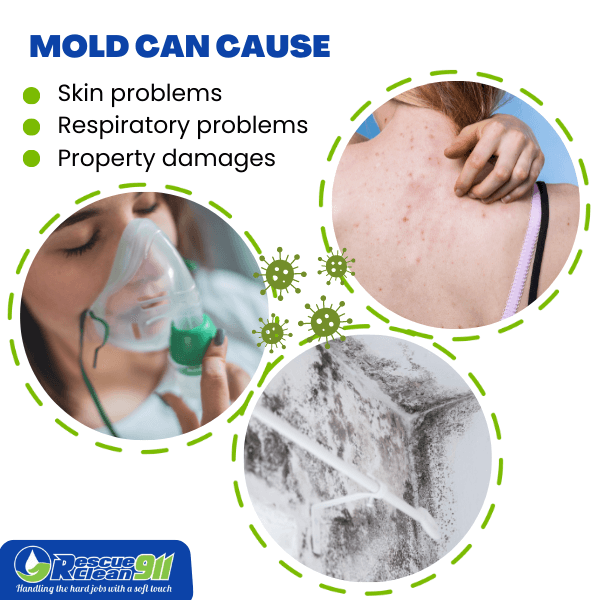
How does sunlight kill mold?
Mold needs a food source, water, and oxygen to live. Sunlight dries out the mold, starves it of oxygen, and eventually kills it.
When mold spores land on a wet surface, they start to grow. Mold produces hyphae, long, thin strands of cells that branch out and form a network. The hyphae secrete enzymes that digest the food source, allowing the mold to absorb nutrients.
- Mold needs moisture to grow, so it is often found in damp places like bathrooms, kitchens, laundry rooms, and basements. The mold can also grow on paper, wood, and carpet.
- Sunlight is an effective disinfectant and will kill most types of mold. Mold cells eventually die when the sun’s ultraviolet rays damage the mold cells’ DNA. It prevents them from reproducing. The sun also provides two mold-fighting aspects – UV light and Vitamin D.
- Dry conditions and direct sunlight are also hostile to mold spores, which need moisture to survive.
While sunlight is a natural mold killer, it can be difficult to expose moldy areas to direct sunlight. Sometimes, you may need to use a UV lamp or air purifier with a UV light to eliminate mold exposure.
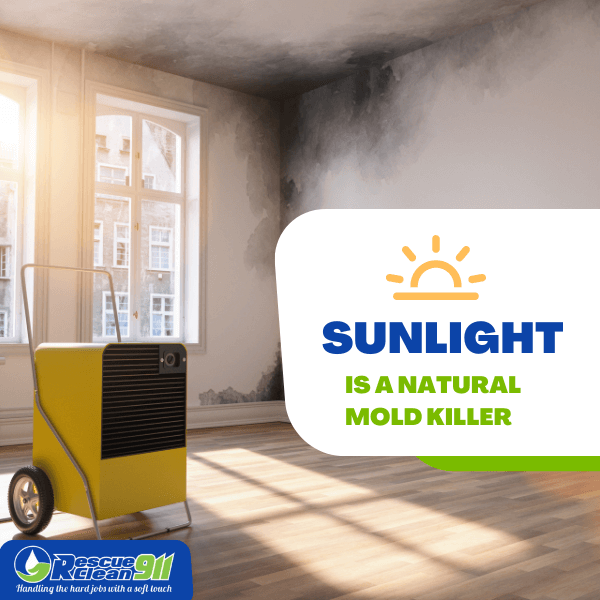
The benefits of using sunlight to kill mold growth
Sunlight is a natural disinfectant, and it can be used to kill mold. Sunlight exposure also helps to dry out wet areas, which will help to prevent mold growth.
There are several ways to use sunlight to kill mold.
- One way is to place items that are infested with mold in direct sunlight.
- Another way is to use a UV light to kill mold.
UV light can penetrate surfaces and kill mold spores. This makes it an ideal method for killing mold in hard-to-reach places.
Sunlight exposure can also help to prevent mold growth in the future. When mold spores are exposed to sunlight, they are less likely to survive and grow. This means that areas that are regularly exposed to sunlight are less likely to experience mold growth.
Overall, using sunlight to kill mold is an effective and natural way to get rid of this fungus. It is also a preventative measure that can help to keep mold from coming back in the future.
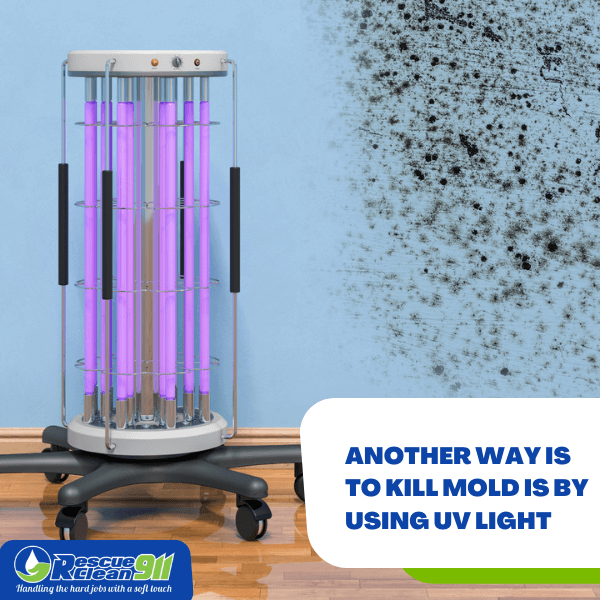
What to do if you find mold in your home?
If you find mold in your home, you should take the following steps:
1. Ventilate the area.
Mold needs moisture to grow, so you should open windows and doors to allow air to circulate.
2. Clean the mold.
You can use a household cleaner or a mixture of bleach and water to clean the mold. Be sure to wear gloves and goggles when cleaning the mold.
3. Dispose of the mold.
You should bag up the mold and discard it in the trash.
4. Prevent mold from returning.
To prevent mold from returning, you should keep the area clean and dry. You should also repair any water leaks or other sources of moisture.
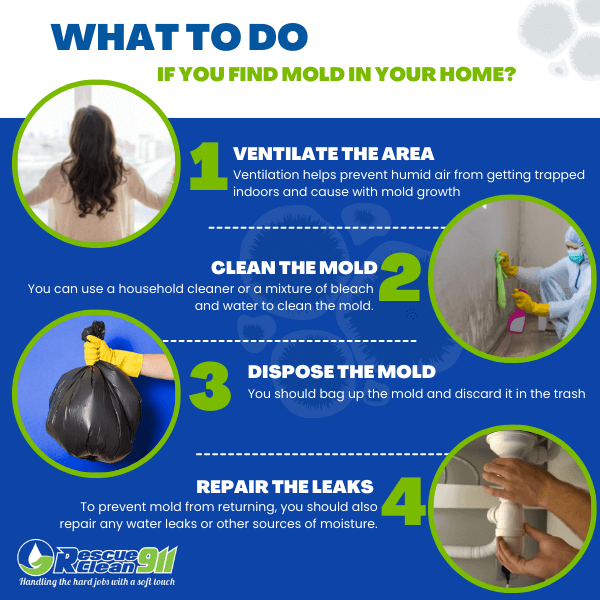
How to get rid of mold using sunlight
Sun kills mold cells with its UV rays. The ultraviolet radiation in sunlight makes mold spores die.
- To get rid of mold using sunlight, you will need to expose the mold to direct sunlight for sometime
The amount of time needed will vary depending on the type of mold and the climate conditions. In most cases, it will take a few hours of direct sunlight to kill the mold.
- If you live in an area with a lot of rainfall or clouds, you may need to expose the mold to sunlight for a longer period of time.
You should also keep in mind that some types of mold are more resistant to sunlight than others. As an alternative, you can use baking soda to remove mold.
If you are not sure how long to expose the mold to sunlight, you can consult with a professional.
- When using sunlight to kill mold, it is important to make sure that the area is well-ventilated.
You should also wear protective clothing, such as gloves and a mask, to avoid exposure to mold spores.
After the mold has been exposed to sunlight, you should clean the area with soap and water to remove any residual mold spores. Use a scrubbing sponge to do it.
You can also use anti-mold solutions to prevent mold formation in interior areas of your home.
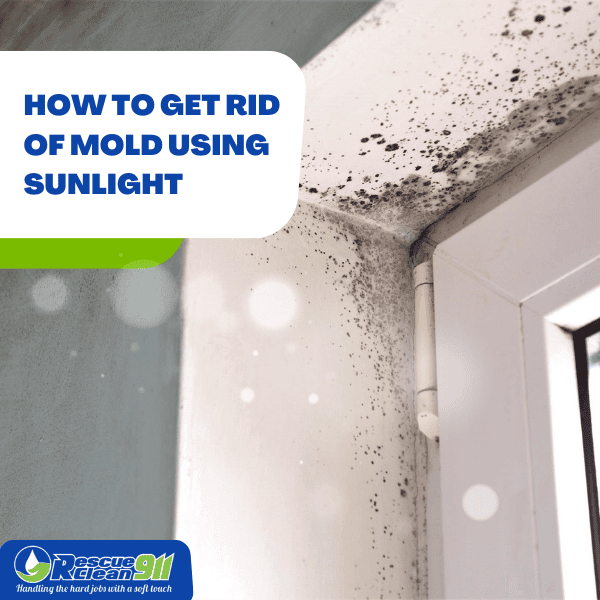
Advantages and disadvantages of using bleach to kill mold
- Bleach is a popular choice for killing mold.
- It is effective and relatively inexpensive. However, it can also be dangerous if not used properly.
- Bleach can irritate the skin and eyes, and it can also produce toxic fumes.
- If you use bleach to kill mold, be sure to ventilate the area well and wear protective clothing.
Advantages and disadvantages of using sunlight to kill mold:
- Sunlight is a natural way to kill mold.
- It is safe and does not produce any harmful chemicals.
- However, it can take longer to kill mold with sunlight than with bleach.
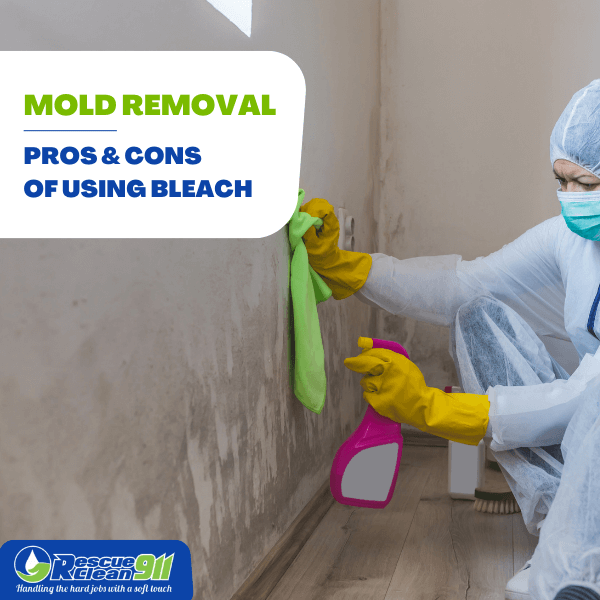
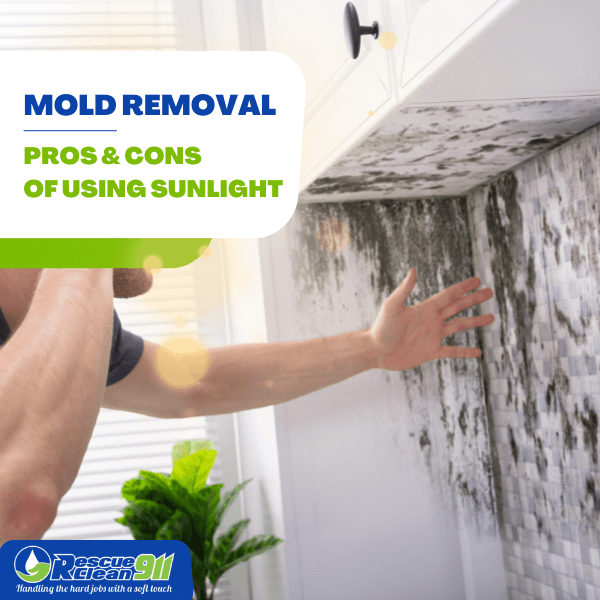
So, which is the best?
Does sunlight kill mold? YES! If you are looking for a safe and natural way to kill mold do this. You can also use bleach. The choice depends on your needs and preferences.
If you need a quick and effective solution, bleach may be the best option.
If you want to get rid of the mold as quickly and safely as possible, call Rescue Clean 911 now to get a free consultation.

